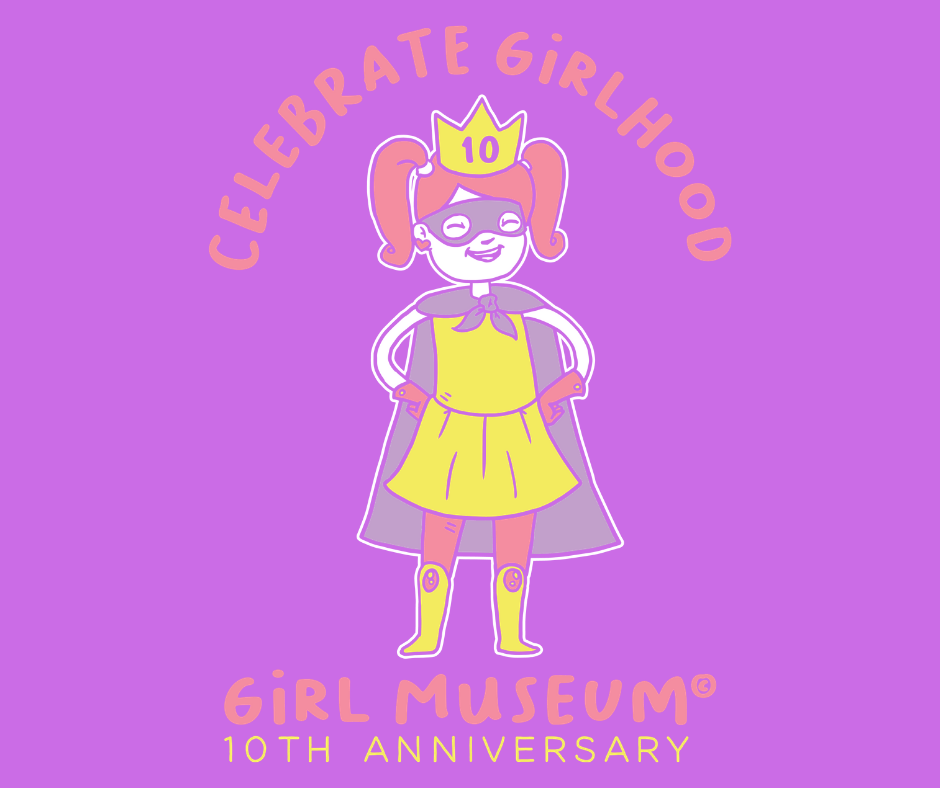
In 2009, it felt like I was finally starting to get my life together. I’d been mostly unemployed for several years, having quit my job to go to grad school in 2005. By the time I graduated, the US economy was not conducive to finding employment, and the museum field had shrunk. I spent my time applying for jobs all over the US and the world, volunteering with a local animal shelter, and generally feeling a bit sorry for myself. But in 2009, I moved to the UK, got married, and found an interesting looking internship that was virtual and could be done anywhere. Needing something to expand my CV, I applied. A few weeks later, I joined Girl Museum’s first crop of Junior Girls.
Though I started as a Development Intern, we all wore multiple hats (and still do). I quickly moved into managing the blog, curating Women’s History Month events every other year, presenting at a couple of conferences, and writing and editing everything from blog posts to journal articles to exhibitions to books. But over the last 10 years, I’ve watched both Girl Museum and the field of Girl Studies grow. When I first started–when Girl Museum first started–Girl Studies was a fledgling field that most people hadn’t heard of. We were asked why we started a museum about grills. We were asked why we needed to study girls–after all, Women’s Studies isn’t really necessary in the 21st century (seriously). And why a museum for girls? We have women’s museums, and museums of childhood, so what can a girls’ museum really bring to the table? (And yet, a museum of grills isn’t out there?)
We do still hear things like this from time to time. But now when I say I work with Girl Museum, I often get questions about what we’re working on, or the logistics of a virtual museum and how it collects and displays objects. And, in a change that makes me very happy, I meet more and more people who share their research fields with me. At conferences or in academia, I expect to come across people working in Girls Studies or a tangentially related field. But even when I talk to people outside of those settings, I hear about their studies into media portrayals of girls and women, or their fascination with cultural differences in terms of how girls are raised. Slowly, Girls Studies is moving into the mainstream.
If we’ve seen these changes over the last ten years, what will Girl Museum see in the next ten? I plan on being around to find out.
-Katie Weidmann
Editor-in-Chief
Girl Museum Inc.
